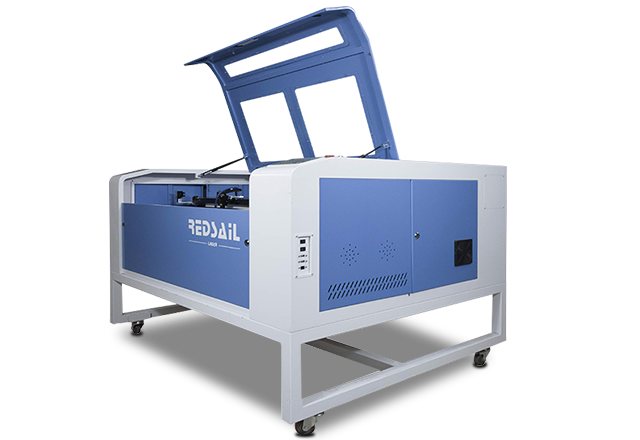What are the Recommended Fabric Settings for Laser Engraving?
Laser engraving is a popular technique used for personalizing and adding intricate details to various fabrics. From garments to home textiles, laser engraving allows you to create unique designs with precision. However, obtaining optimal engraving results depends on selecting the appropriate fabric settings. This article will guide you through the recommended fabric settings for laser engraving, ensuring desirable outcomes and preventing any fabric damage.
Understanding the Importance of Fabric Settings
Fabric settings determine the laser’s power, speed, and focus to achieve desired engraving results. The choice of fabric settings is crucial as it impacts the engraving depth, clarity, and overall quality.
Each fabric has different properties that directly affect the engraving process. Therefore, it is essential to choose fabric settings that match the specific characteristics of your fabric. Here are some recommended fabric settings for laser engraving:
Recommended Fabric Settings for Laser Engraving
1. Cotton and Natural Fabrics
- Laser Power: Start with a low power setting, such as 10-20%, to avoid scorching or burning the material. Adjust the power accordingly based on the desired engraving depth. Test on a small area before engraving the whole fabric.
- Speed: Start with a medium speed setting, around 1000-1500 mm/s, and adjust as needed. Higher speeds may result in lighter engravings, while slower speeds can lead to deeper and more prominent engravings.
- Focal Length: Generally, a focal length of around 2.5 inches is suitable for cotton and natural fabrics. However, it is recommended to test various focal lengths to achieve the desired engraving clarity and sharpness.
2. Synthetic Fabrics
- Laser Power: Synthetic fabrics are prone to melting, so it is vital to set a lower laser power. Start with 5-10% power and increase if necessary.
- Speed: Opt for a moderate speed setting, around 500-1000 mm/s, to prevent excessive melting or burning. Adjust the speed as needed for optimal engraving results.
- Focal Length: A focal length of about 2 inches is generally ideal for synthetic fabrics. Testing different focal lengths is recommended to find the perfect balance between engraving quality and speed.
3. Delicate Fabrics
- Laser Power: Delicate fabrics, such as silk and lace, require extra caution. It is best to use the lowest laser power setting possible, typically within the range of 3-5%, to avoid any fabric damage.
- Speed: Slow speed settings, around 300-800 mm/s, are appropriate for delicate fabrics to ensure precise engraving without causing tearing or fraying.
- Focal Length: Delicate fabrics generally require a shorter focal length, around 1.5-2 inches, to achieve detailed and accurate engravings.
Laser engraving intricate patterns or designs onto any fabric requires practice, experimentation, and the appropriate fabric settings. Remember to test on a small area before proceeding with the full engraving to ensure satisfactory results.
When working with delicate fabrics, it is advisable to use additional protective measures such as applying heat-resistant tape or using a backing material to preserve the integrity of the fabric during the engraving process.
Frequently Asked Questions (FAQs)
Q: Can I use the same fabric settings for different types of cotton?
A: It is generally recommended to adjust the fabric settings based on the specific type and thickness of the cotton fabric. Test on a small area to determine the appropriate settings for your desired result.
Q: What should I do if the engraving depth is too shallow or too deep?
A: If the engraving depth is too shallow, increase the laser power or decrease the speed. Conversely, if the engraving is too deep, reduce the laser power or increase the speed. Small adjustments can help you achieve the desired depth.
Q: What precautionary measures should I take when laser engraving delicate fabrics?
A: When working with delicate fabrics, it is recommended to test on scrap fabric first. Additionally, using a backing material or heat-resistant tape can protect the fabric during the engraving process. Always handle delicate fabrics with care to avoid tearing or fraying.
By following the recommended fabric settings for laser engraving and taking necessary precautions, you can achieve remarkable results and unlock endless possibilities for personalization and customization on various fabrics.





